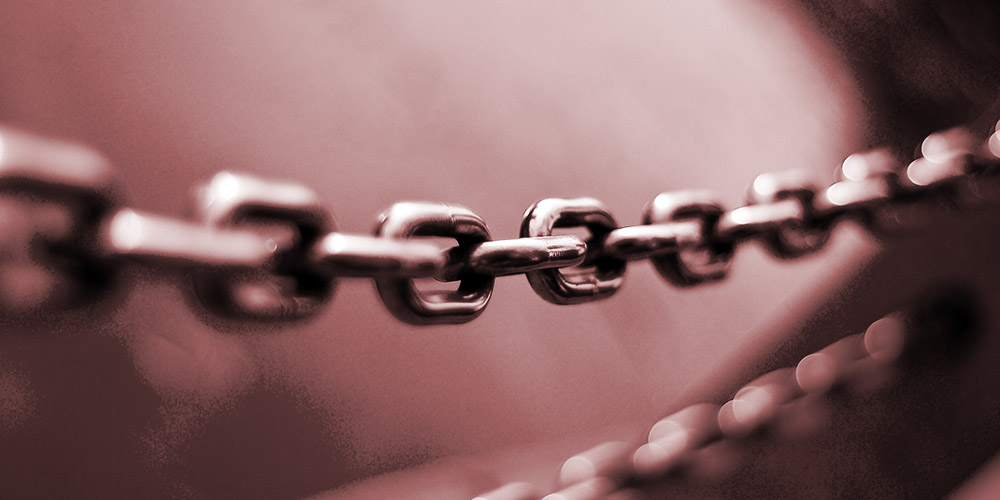The path to improving your website’s SEO can sometimes feel obscured behind a cloud of mystery. How do we influence the all-powerful Googlebot?
While Google is very good at understanding content and categorizing it, it needs our help to understand the importance or priority of different content.
In Google’s opinion, a web page that is linked to many other sources is an important or relevant page. When one website links to another, it’s called a backlink or an inbound link. Backlinks have a huge impact on SEO. It’s sort of like trending – links pointing to a page imply that that page is being talked about.
Internal linking, however, is the practice of linking to your own website’s pages, within the same website, and it serves a similar purpose. The more important a page is, the more other pages should point to it. Therefore, internal linking can be used to create a hierarchy or structure of your site’s content.
But it’s not as simple as just flooding your site’s content with internal links. It requires a bit more strategy than that!
Decide which existing pages or articles on your website are the most important for your business.
If everything is important, nothing is important! The first step is to determine which pages (these could be products, services, articles, or landing pages) you want to drive the most traffic to. Then, make sure these pages are getting the most internal links!
Use multiple internal links to boost specific pages.
Let’s say you’re a dog trainer trying to increase the traffic to a page focused on the group classes you offer. You could create the following additional pages that all contain links to the Group Classes page:
- Blog Post: The Benefits of Enrolling Your Dog in a Group Class
- Site Page: Group Class FAQs
- Blog Post: Upcoming 2021 Summer Group Classes!
Get creative and think about the information your customers actually need. There’s a balance to be struck between churning out content and making sure that content is useful and relevant.
Remove or correct “orphaned” content.
Pages on your website that don’t have any internal links linking to them are orphaned content. Why does it exist if no other pages link to it? If the page is actually useful or necessary, create some internal links pointing to it. If not, consider removing it.
Orphaned content doesn’t necessarily hurt your ranking, but keeping tabs on it can help you discover missed opportunities.
Split bloated categories into subcategories.
This tip might seem a little counterintuitive. If your website contains multiple categories or topics you’re trying to rank for, it’s important to not let one category dominate too strongly. Let’s return to the dog trainer example.
The dog trainer wants to rank for their expertise in training aggressive dogs, but also teaching basic obedience to new puppies. If they have 20 blog articles on the subject of aggression, but only 5 on basic obedience, the aggression topic actually becomes harder for Google to navigate! It’s suggested to break that category into subcategories, children of the parent category “aggression” (for example: fear aggression, reactivity, positive reinforcement). Doing this not only creates additional hierarchy and structure on the website, it creates smaller pools of related posts to internally link between.
Harness the power of internal linking.
Internal linking is one of the few methods of improving your website’s SEO that is fully in your control, so don’t take it for granted! With a little planning and effort, you can help Google understand what your website’s most important pages are.
Don't Branch Out Alone
We know that your time is limited but taking your website to the next level is essential. Don’t branch out alone. Tap into our team of experts to keep your site ahead of the curve.
Let Us Help